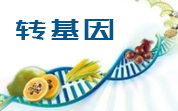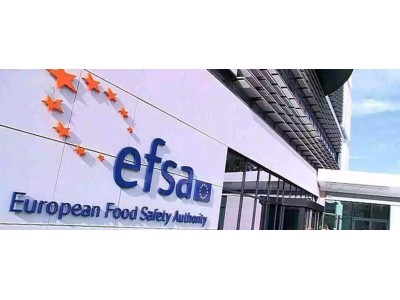гҖҖгҖҖжҚ®дәҶи§ЈпјҢиҝҷз§ҚйЈҹе“Ғй…¶жҳҜз”ұиҪ¬еҹәеӣ зЎ«зҗғжӣІйңүпјҲAspergillus luchuensisпјүиҸҢж ӘFLYSCз”ҹдә§зҡ„пјҢж—ЁеңЁз”ЁдәҺж°ҙжһңе’Ң蔬иҸңеҠ е·ҘдёӯпјҢд»Ҙз”ҹдә§жһңжұҒгҖҒь/div>
гҖҖгҖҖз»ҸиҝҮиҜ„дј°пјҢ专家е°Ҹз»„и®ӨдёәпјҢеңЁйў„жңҹзҡ„дҪҝз”ЁжқЎд»¶дёӢпјҢеҜ№дәҺеҜ№йӣӘжқҫгҖҒиҚүиҠұзІүжҲ–зҺүзұіиҝҮж•Ҹзҡ„дёӘдҪ“пјҢдёҚиғҪжҺ’йҷӨйҘ®йЈҹжҡҙйңІеј•иө·иҝҮж•Ҹе’ҢиҜұеҸ‘еҸҚеә”зҡ„йЈҺйҷ©гҖӮж №жҚ®жүҖжҸҗдҫӣзҡ„ж•°жҚ®пјҢе°Ҹз»„еҫ—еҮәз»“и®әпјҢиҜҘйЈҹе“Ғй…¶еңЁйў„жңҹзҡ„дҪҝз”ЁжқЎд»¶дёӢдёҚдјҡеј•иө·е®үе…ЁйҡҗжӮЈгҖӮйғЁеҲҶеҺҹж–ҮжҠҘйҒ“еҰӮдёӢпјҡ
гҖҖгҖҖThe food enzyme endo-polygalacturo
nase ((1Ўъ4)-ҰБ-d-galacturo
nan glycanohydrolase; EC 2.3.1.15), is produced with the genetically modified Aspergillus luchuensis strain FLYSC by Advanced Enzyme Technologies Ltd. The genetic modifications do not give rise to safety concerns. The food enzyme is co
nsidered free from viable cells of the production organism and its DNA. The food enzyme is intended to be used in fruit and vegetable processing for juice production. ba
sed on the maximum use level, dietary exposure to the food enzymeЁCtotal organic solids (TOS) was estimated to be up to 0.138 mg TOS/kg body weight (bw) per day in European populations. Genotoxicity tests did not raise a safety concern. The systemic toxicity was assessed by means of a repeated dose 90-day oral toxicity study in rats. The Panel identified a no observed adverse effect level of 800 mg TOS/kg bw per day, the highest dose tested, which when compared with the estimated dietary exposure, results in a margin of exposure of at least 5,800. A search for similarity of the amino acid sequence of the food enzyme to known allergens was made and six matches were found. The Panel co
nsidered that, under the intended co
nditions of use, the risk of allergic sensitisation and elicitation reactions by dietary exposure cannot be excluded for individuals sensitised to cedar or grass pollen or maize. ba
sed on the data provided, the Panel co
ncluded that this food enzyme does not give rise to safety concerns, under the intended co
nditions of use.
гҖҖгҖҖ
жң¬ж–Үз”ұйЈҹе“ҒдјҷдјҙзҪ‘йЈҹе“Ғиө„и®Ҝдёӯеҝғзј–иҫ‘пјҢжңүд»»дҪ•з–‘й—®пјҢиҜ·иҒ”зі»news@www.sqrdapp.comгҖҒь/span>
зӣёе…іж”ҝзӯ–и§ЈиҜ»










 ең°еҢәпјҷь/font>
ең°еҢәпјҷь/font>

 欧зӣҹиҜ„дј°иҪ¬еҹәеӣ зҺүзұіMO
欧зӣҹиҜ„дј°иҪ¬еҹәеӣ зҺүзұіMO
 欧зӣҹиҜ„дј°дёҖз§ҚйәҰиҠҪзі–ж·Җ
欧зӣҹиҜ„дј°дёҖз§ҚйәҰиҠҪзі–ж·Җ зҫҺеӣҪжӢҹж’Өй”ҖиӢҘе№ІиӮүзұ»еҸүь/a>
зҫҺеӣҪжӢҹж’Өй”ҖиӢҘе№ІиӮүзұ»еҸүь/a> йІҒе…¬зҪ‘е®үеӨ 37060202000128еҸ¶ь/a>
йІҒе…¬зҪ‘е®үеӨ 37060202000128еҸ¶ь/a>



